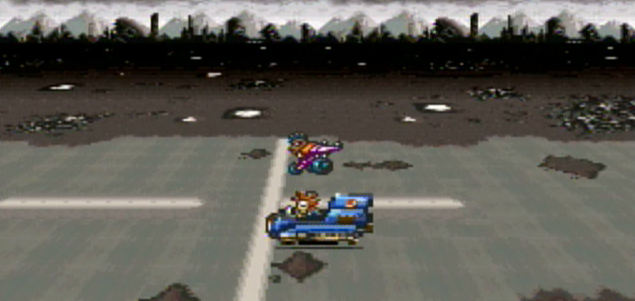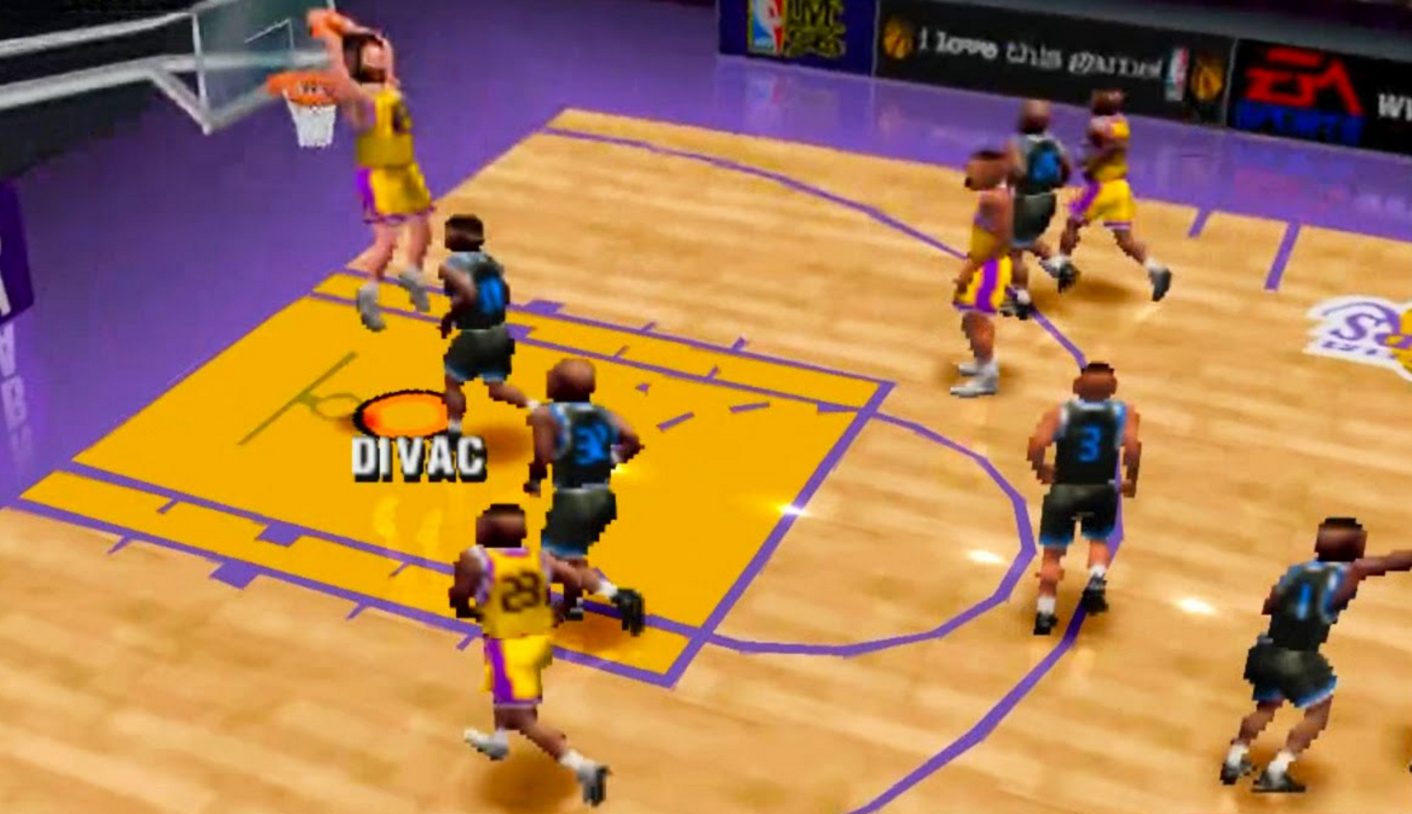Blast Processing and tech specs
Part of Book Notes: Console Wars
Again, the best parts of Console Wars are the behind-the-scenes looks at Sega’s marketing strategies. The Super Nintendo had Mode 7, which made games like Star Fox and Mario Kart possible. Now that I’m doing some image searches, I’m learning it was also used in other games for certain sequences, like every overworld map.

I like imagining a .ppt from Nintendo with a slide titled “Guidelines: fitting races into stories” with 7 bullet points underneath.
Sega didn’t have an actual thing to strike back with, so they decided to strike back with not an actual thing:
While looking through the manual, Latham found something that kind of, sort of, maybe fit the bill: Burst Mode, which in theory allowed the Genesis to process code faster than Nintendo’s chip could. Although this sounded like exactly what the marketing team wanted, Latham explained that Burst Mode actually had very little to do with the graphics, velocity, and overall performance of Sega’s games. To say that Burst Mode was the reason that Sonic could move so fast would be like saying that cheetahs were faster than elephants were because of their spots.
Burst Mode turned into Blast Processing.
I remember always checking the “Graphics” rating first when reading EGM or GamePro. But I knew that high gameplay scores went further for how much I’d enjoy the game. (There’s something about UX in there.)
The book ends in the very early stages of the 32-bit era. When our family got a Playstation, one of the first giant-jeweled-case games we got was NBA Live 96.
I remember thinking my dad would think this purchase was totally worth it if he saw the graphics. So one day I told him close your eyes okay now open them.

“Can you tell it’s not live TV?”